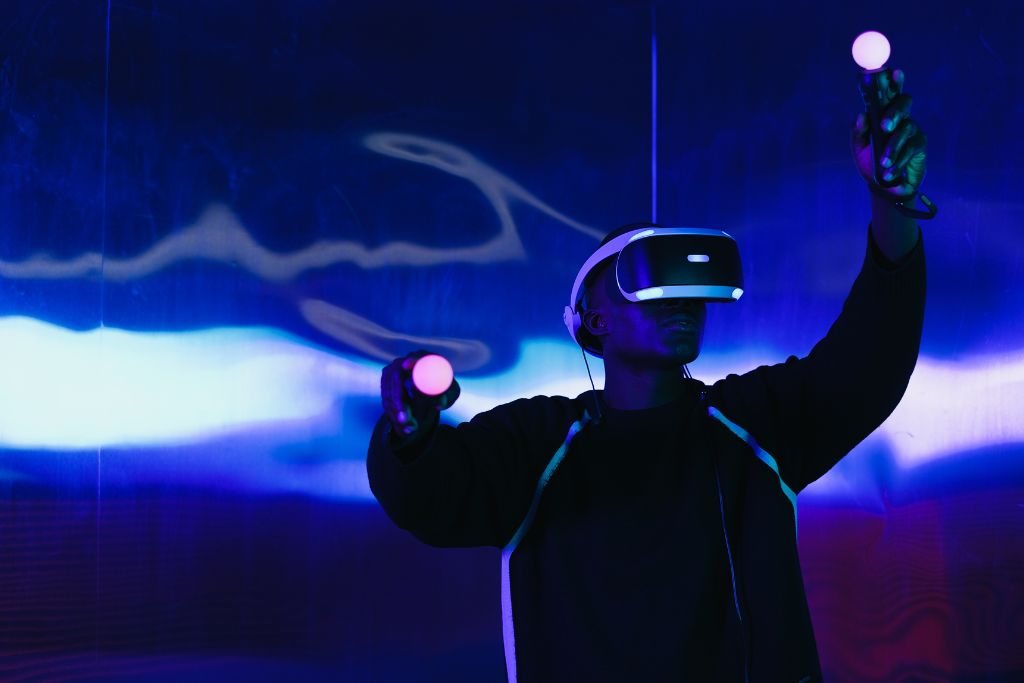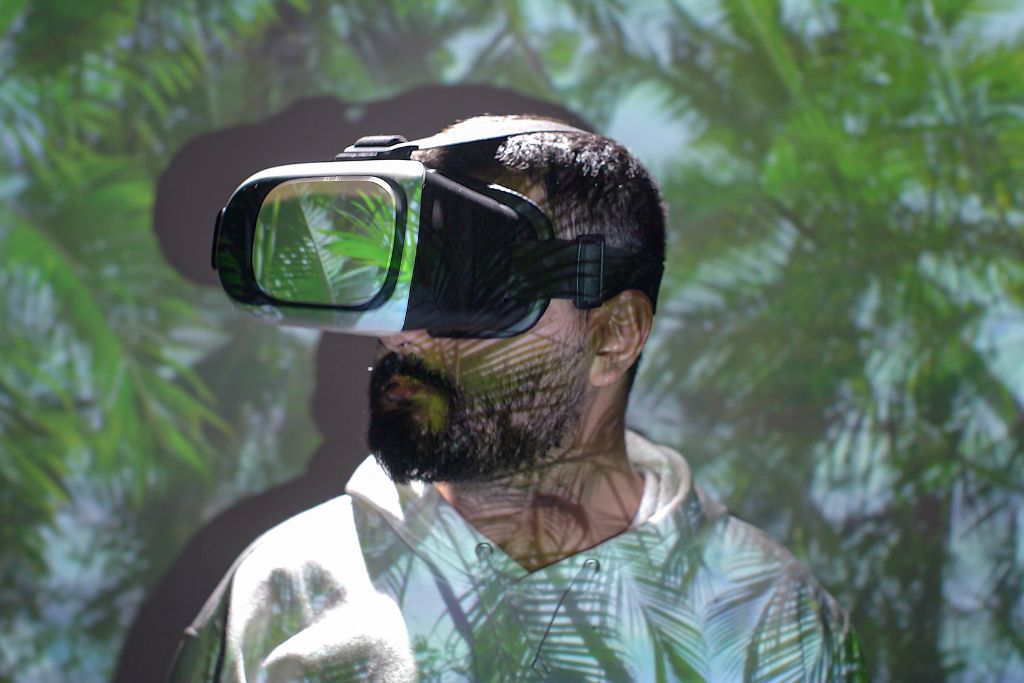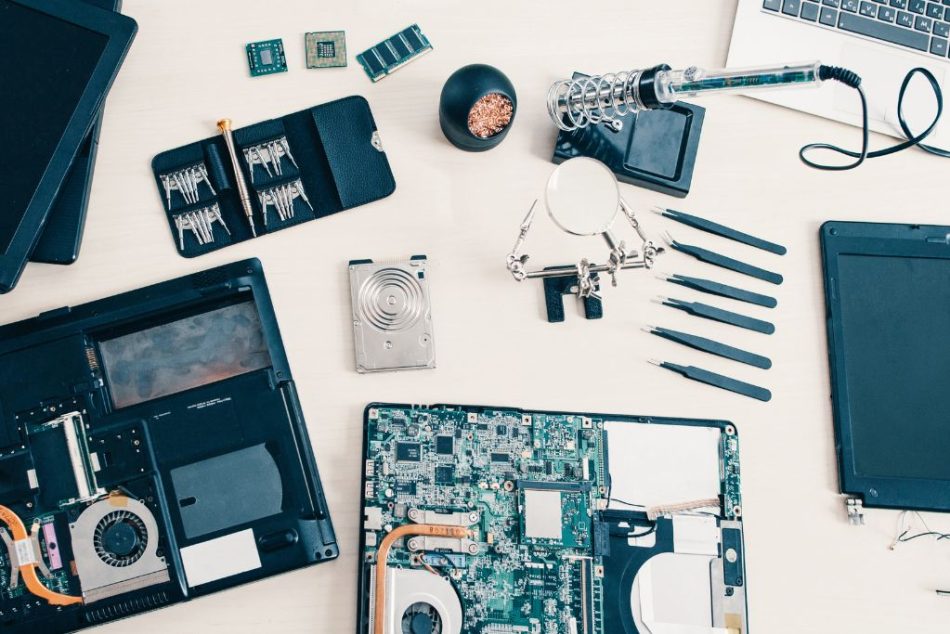EdTech is an exciting part of education with a lot of new ways to help students learn. This article looks at some of the newest educational technology trends and how to use them effectively in your classroom.
In addition to enhancing learning, educational technology is also helping teachers save time in their classrooms. Using automated grading and classroom management tools allows educators to spend less time preparing and more time with their students.
Augmented Reality
Augmented reality is an exciting, interactive, and immersive learning tool that integrates digital content with the natural world. It is particularly useful when it comes to enhancing physical experiences on school trips, like taking a tour of ancient buildings and artifacts in a more realistic setting.
AR can also be used in professional training, including healthcare. For example, it can help specialists learn how to perform heart surgery safely and efficiently.

Another use of AR is for navigation: mobile devices can overlay a route to the user’s destination over a live view of the road. It can also display information about local businesses in the immediate surroundings.
AR is a great way to engage students in the classroom, and it can help improve their attitudes toward learning. In addition, it can enhance a student’s ability to remember the information they have learned. It is also a great tool to use in team assignments and other group-based learning activities.
Virtual Reality
Virtual reality is a virtual world that can provide a powerful learning experience. Technology has been around for decades, but only recently have devices and software been small enough, powerful enough, and affordable enough to reach the mainstream.
VR is being used by teachers to help students learn new skills and improve their learning outcomes. For example, students in science and engineering can use augmented reality tools like Construct3D and the MERGE Cube to teach concepts and practice skills such as calculating force and torque and creating structures.

Practical training is another major use of VR, with firefighters, pilots, and surgeons able to train in dangerous environments to simulate conditions they would face in the field. This reduces the risk of injury and narrows timeframes, allowing trainees to become professionals more quickly. Similarly, on-demand mobile solutions are being used by many verticals to rapidly upskill and deploy new hires. These can save costs and ensure that all employees have access to the latest training.
FlipGrid
Flipgrid is a digital tool that encourages students to engage in discussion and fosters collaborative learning. It allows learners to record videos and add text, emojis, filters, stickers, and other interactive elements.
The teacher posts a topic (question) on a grid and asks students to respond with a video that can be anywhere from 15 seconds to 10 minutes long. Teachers can also moderate videos before posting them to the grid.
It also allows students to practice speaking skills without having to do so in front of a classroom full of peers because they can erase, edit, and redo their videos as needed.

In addition to student presentations, teachers can use Flipgrid for project overviews and reflection. They can post a grid for all of their projects, or just for those that were completed in a specific class period.
Teachers can create a grid for students who are absent from a class, and they can quickly catch up on work by viewing the other students’ video responses. The grids also help foster global empathy as students can discuss their views with peers in other countries.
Google Earth and Virtual Tours
With its vast collection of global satellite imagery, Google Earth is an invaluable resource for students to learn about the world. The Timelapse project uses the processing power of Earth Engine to create zoomable and pannable videos that show global land coverage changes over 32 years, revealing the impact of climate change and habitat loss.
Students, especially those who are interested in nature and travel, can learn a lot from these virtual tours. Trek to the peaks of the Amazon Basin, explore a series of sacred valleys in Nepal or visit Petra, one of the Seven Wonders of the World.

Virtual tours can also be useful for businesses. They help prospective clients and patrons get a feel for a place before they make a decision to spend money there. They’re a great way to build consumer trust, especially when they feature a 360o interactive experience.

